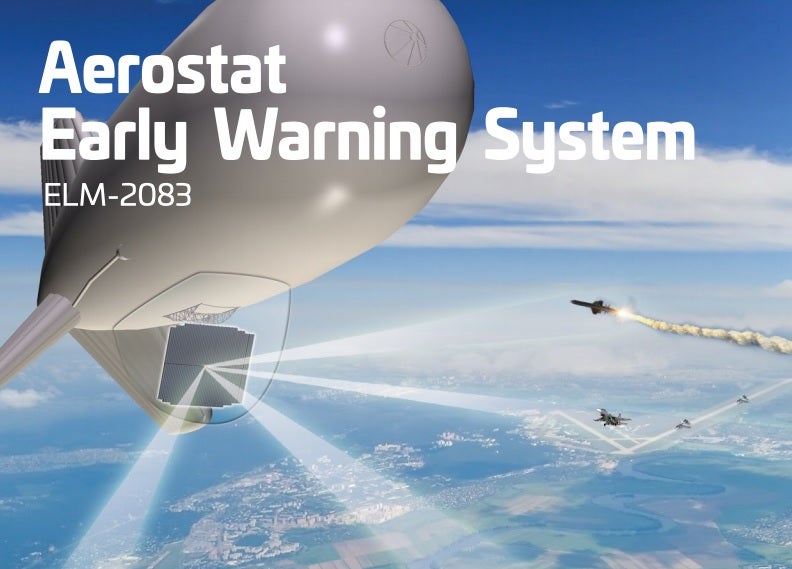USAF Looking for Radars to Supply to Saudi Arabia; Possible Israeli System on the Cards?
The United States Air Force (USAF) has put out a Request For Information (RFI) for the supply of elevated radar systems that it can supply to Saudi Arabia. The RFI is looking for an “off-the-shelf” system that ideally is already proven in service.
The USAF states it has a preliminary need for thirteen such systems. These should be capable of providing constant day and night detection, tracking and monitoring capability against aerial vehicles intruding into their coverage zone.
The RFI specifies that the system must be capable of performing against difficult low radar-cross-section unmanned aircraft systems (UAS), cruise missiles and low-flying inbound aircraft.
The RFI goes on to state that:
“The combination of terrain masking limitations and earth surface curvature make it economically unfeasible to provide a complete and persistent coverage using ground-based radar assets against potential Air Breathing Threats (ABT). Increasing radar height using an elevated radar system capability is one method that can greatly mitigate the coverage risk and effectively cover large geographical areas and detect low flying ABTs at far greater ranges.”
The specification makes it plain to see what the system is intended to defend against. Throughout the last year, Houthi tribesmen at war with the Saudi government have had a lot of success targeting the Kingdom’s economic infrastructure, particularly the critical oil industry.
Supported by Iran, the Houthi have also began to utilise cruise missiles, with the most recent attack on oil facilities taking place in November. In September, one attack alone caused chaos in the markets when it halved Saudi oil production for a period, which represented a cut of 5% in global oil production.
With Saudi air defenses proving worryingly porous to the threat and the subsequent effect on the global economy, it is hardly surprising that the United States wishes to shore up said defenses to protect what are, in essence, critical global economic assets.
Now it remains to be seen which system it chooses. The RFI specifically states that a ground based system is unable to properly provide the coverage required and therefore seems to indicate that a balloon-based system would be preferable.
Here the choices appear to be between one of the Lockheed Martin Aerostat Systems, which are in use protecting the United States southern border, or the Israeli ELM-2083 which is expressly designed to counter the sort of threat faced by the Saudis.

In fact, one has to wonder at the timing of the RFI. With the rapid and vast improvement in Israeli-Arab relations occurring currently, perhaps the USAF is simply brokering the deal for the two. The Saudis, though apparently more receptive to Israel, are not at the stage of dealing with them in complete transparency yet.
However, with both nations having Iranian and Turkish motives very much in the forefront of their respective defense concerns, the desire for the two to work together – even if through the United States as a middle-man – is understandable.

